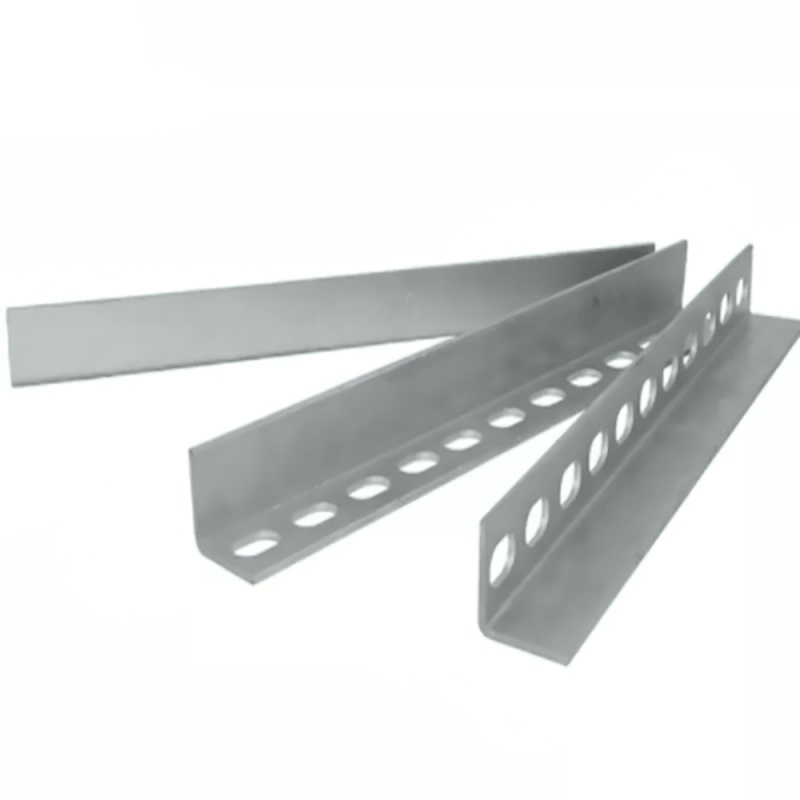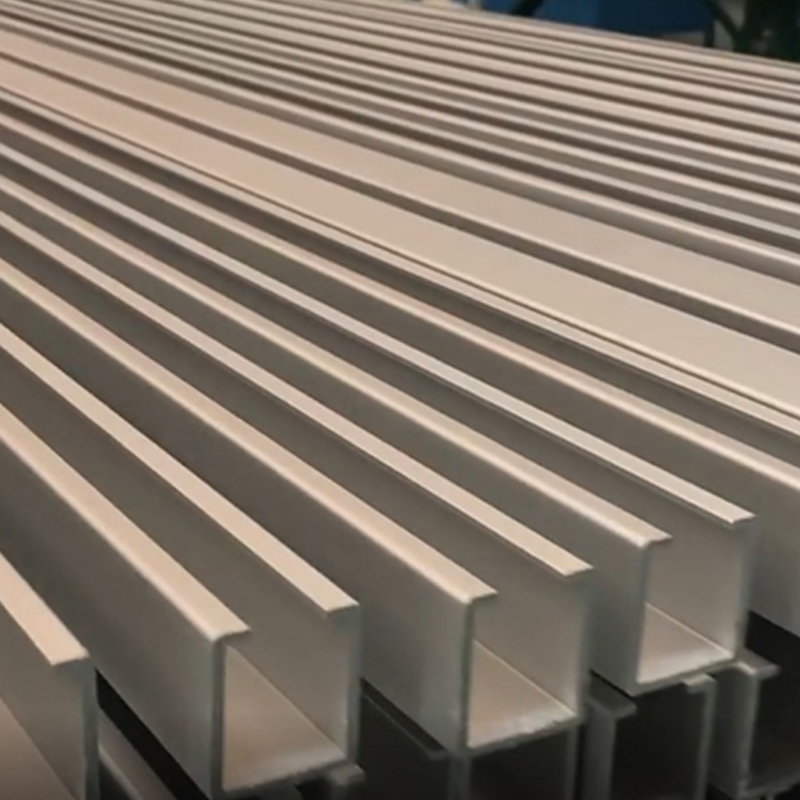◉ Channel steel and angle steel are two common types of structural steel used in construction and various industrial applications. While they may look similar at first glance, there are clear differences between the two that make them suitable for different purposes.
◉ First let’s talk about channel steel. Channel steel, also known as C-shaped steel or U-shaped channel steel, is a hot-rolled steel with a C-shaped cross-section. It is commonly used in the construction of buildings, bridges, and other structures that require lightweight and strong support. The shape of channel steel makes it ideal for applications where loads need to be supported horizontally or vertically. Flanges at the top and bottom of the channel increase strength and stiffness, making it suitable for carrying heavy loads over long spans.
◉ On the other hand, angle steel, also known as L-shaped steel, is a hot-rolled steel material with an L-shaped cross-section. The steel’s 90-degree angle makes it suitable for applications requiring strength and stiffness in multiple directions. Angle steel is commonly used in the construction of frames, braces and supports, as well as in the manufacture of machinery and equipment. Its versatility and ability to withstand stress in multiple directions make it a popular choice in many structural and mechanical applications.
◉ So, what is the main difference between channel steel and angle steel? The main difference is their cross-sectional shape and how they distribute load. Channels are best suited for applications where loads need to be supported in horizontal or vertical directions, while angles are more versatile and can support loads from multiple directions due to their L-shaped cross-section.
◉ While both channels and angles are important structural components, they serve different purposes due to their unique shapes and load-bearing capabilities. Understanding the differences between these two types of steel is critical to choosing the right material for a specific construction or engineering project. By choosing the right steel for the job, builders and engineers can ensure the structural integrity and safety of their designs.
→ For all products,services and up to date information,please contact us.
Post time: Sep-13-2024


